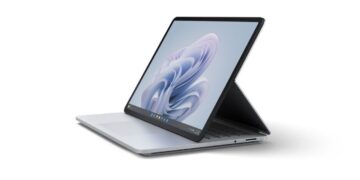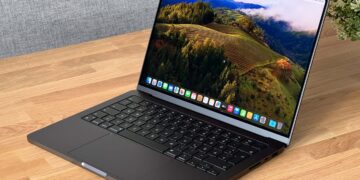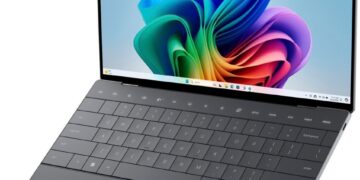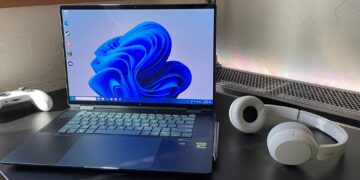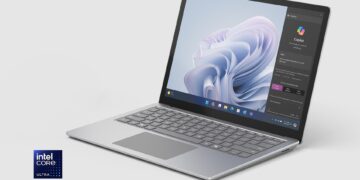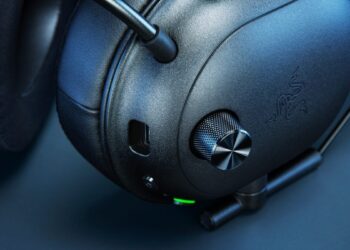Apple’s M3 MacBook Air: Refining an Undisputed Champion
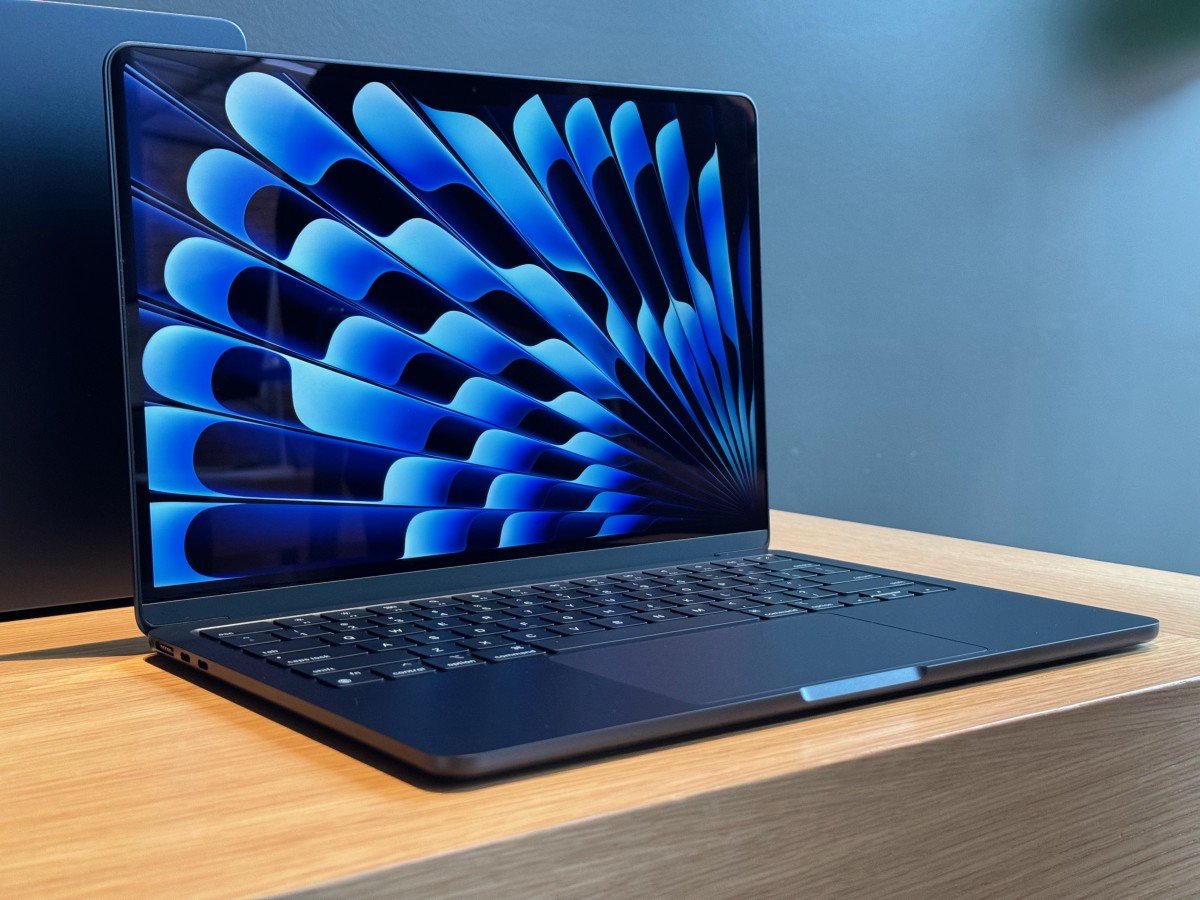
The MacBook Air has long been the standard-bearer for the modern ultrabook—a device so influential it has defined its category for over a decade. With the introduction of Apple Silicon, it transformed from a merely competent machine into a silent, long-lasting powerhouse. Now, the M3-powered MacBook Air has arrived, not with a bang, but with the quiet confidence of a front-runner setting a new pace. It begs the question: in a market full of competitors, is this iterative refinement enough to maintain its crown as the default laptop for almost everyone?
The Unchanged, Unbeatable Design
Unboxing the M3 MacBook Air feels like a case of déjà vu, and that’s not a complaint. Apple has wisely stuck with the superb, squared-off aluminum unibody design introduced with the M2 generation. Available in both the ultra-portable 13-inch and the more expansive 15-inch models, the build quality remains impeccable. It’s rigid, impossibly thin, and feels every bit the premium product its price tag suggests. A notable improvement is the new anodization seal on the Midnight colorway, which significantly reduces the fingerprint magnet problem of its predecessor. While the design is no longer novel, its clean lines and robust construction ensure it still looks and feels better than nearly anything else on the market.
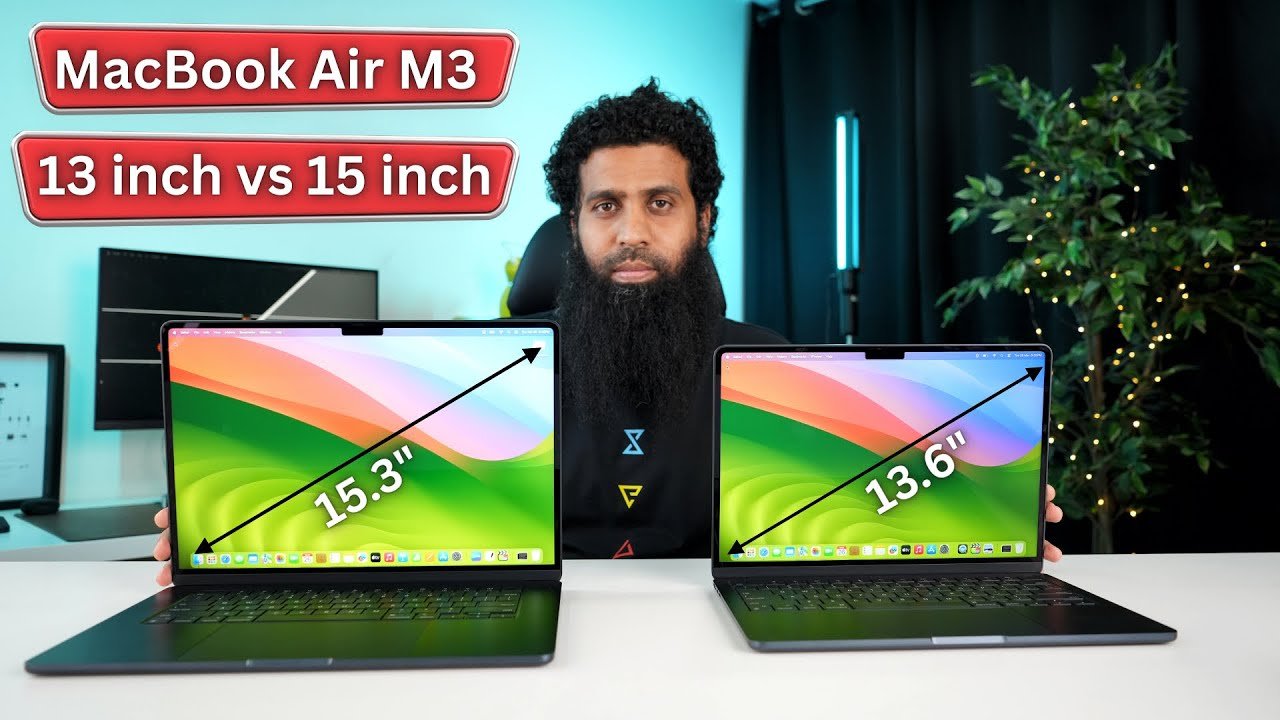
Performance: The M3’s Silent Efficiency
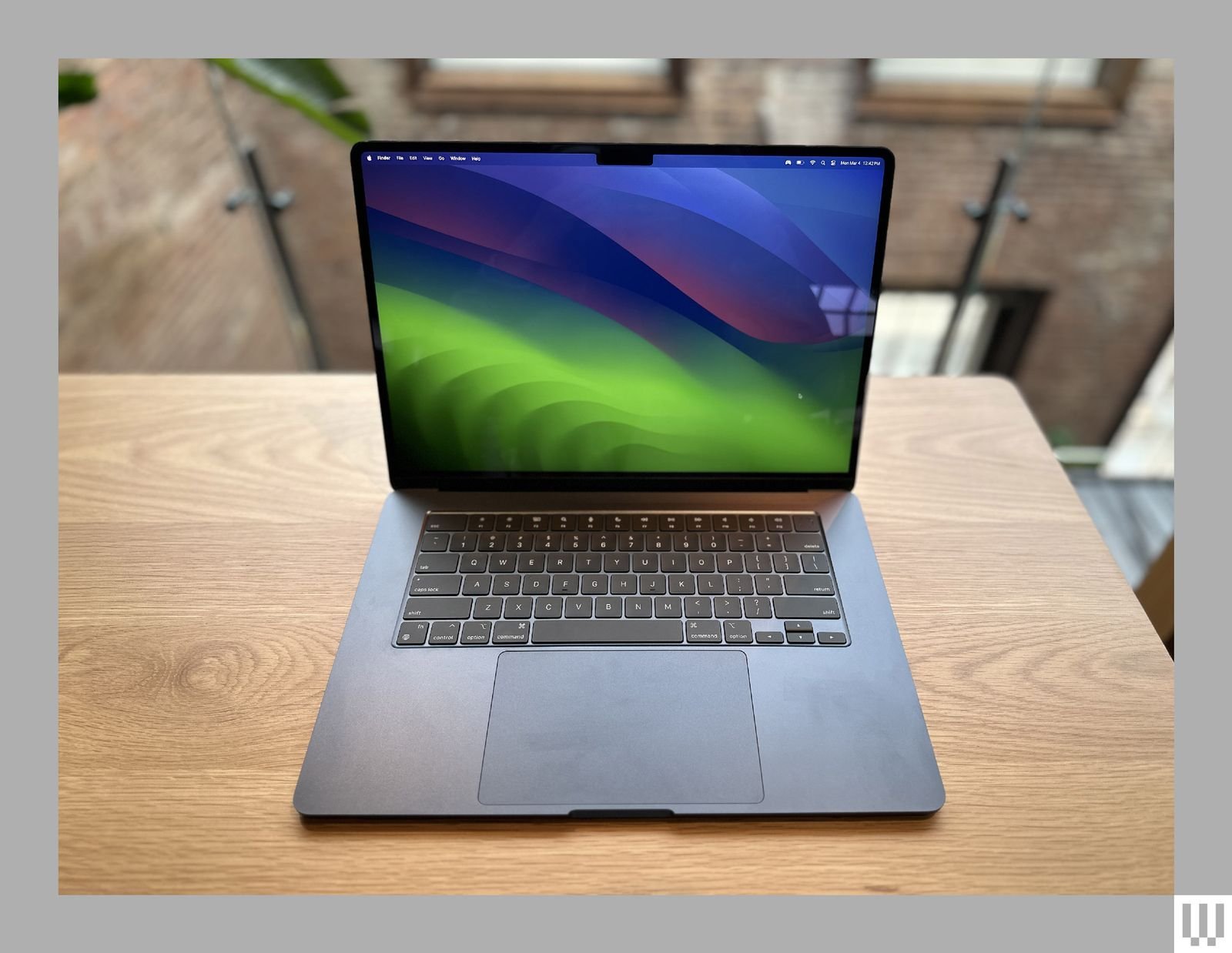
The star of the show is, of course, the new M3 chip. Built on a 3-nanometer process, it delivers a noticeable performance uplift over the M2, and a dramatic leap from the M1. In real-world use, this translates to an experience of absolute immediacy. Apps launch instantly, 4K videos scrub without a stutter, and juggling dozens of browser tabs with multiple apps feels effortless. The M3 also brings hardware-accelerated mesh shading and ray tracing to the Air for the first time. While this won’t turn it into a high-end gaming rig, it provides a tangible boost in graphically intensive creative apps and allows for surprisingly capable light gaming.
Crucially, all of this is achieved within the Air’s iconic fanless chassis. The machine remains dead silent under any load. The trade-off, however, is thermal throttling. When pushed with sustained, heavy tasks like long video exports, the M3 will temper its performance to manage heat. This is the fundamental line dividing the Air from the Pro: the Air is built for powerful sprints, not endurance marathons. For its target audience, this is a perfect compromise.
Key Features and A Long-Awaited Fix
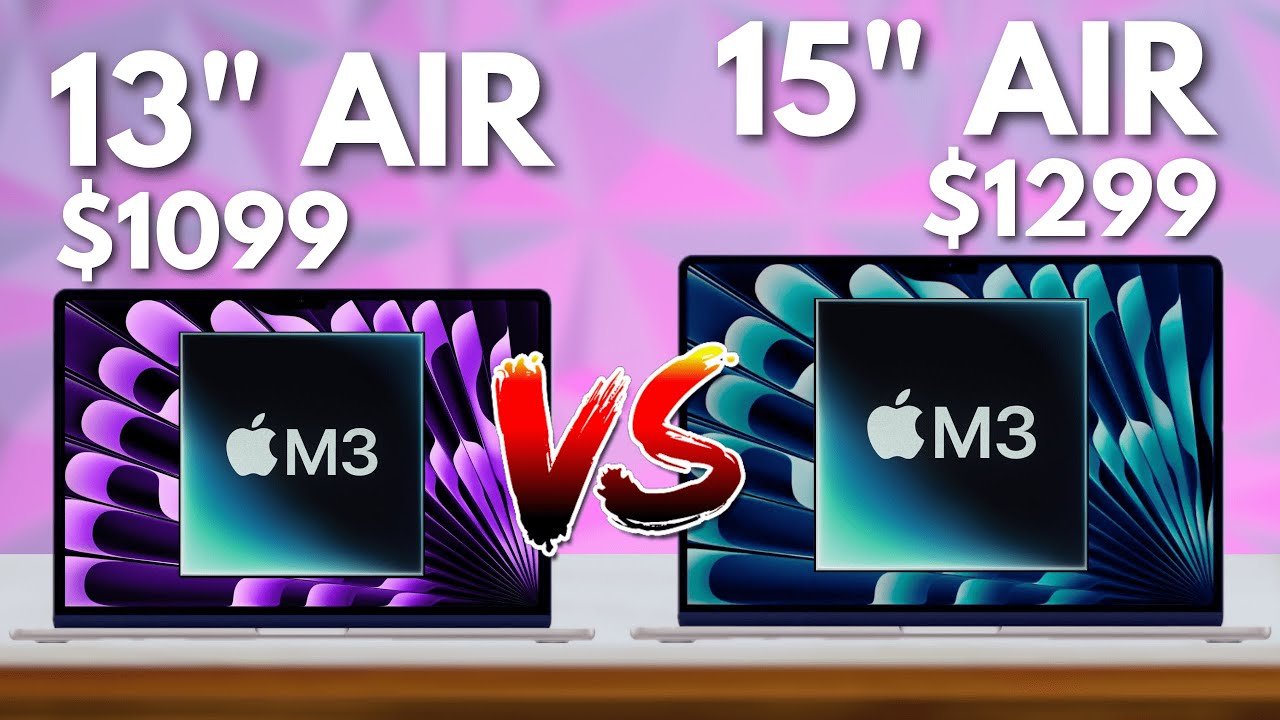
Beyond the core chip, Apple has delivered a few key upgrades. The M3 Air now supports Wi-Fi 6E, offering faster and more reliable connectivity on compatible networks. The Liquid Retina display remains fantastic—bright, sharp, and color-accurate, even with the polarizing camera notch at the top. The most significant functional upgrade, however, is the new ability to drive two external displays simultaneously. This finally addresses a long-standing limitation of the M1 and M2 Airs, but it comes with a major caveat: it only works when the laptop’s lid is closed. While a welcome addition for desktop-style setups, it’s a slightly awkward implementation that prevents using the laptop’s own screen as a third monitor.
The Value Proposition and Final Verdict
The M3 MacBook Air isn’t a revolutionary product, nor does it need to be. It’s a calculated, intelligent refinement of what was already the best consumer laptop available. The performance is more than enough for the vast majority of users, the battery life is truly all-day, and the hardware package is second to none. The primary weakness remains the base configuration, which pairs its powerful M3 chip with a meager 8GB of RAM. For true longevity and smoother multitasking, the 16GB upgrade should be considered essential, which pushes the price into more premium territory.
So, who is this for? The M3 MacBook Air is the pinnacle of mainstream computing. It is the ideal machine for students, writers, office professionals, and anyone who prioritizes a premium, silent, and portable experience for everyday tasks, with enough power in reserve for occasional creative work. Power users who need sustained performance for constant video editing or 3D rendering should still look to the MacBook Pro. For those on a tighter budget, the still-excellent M2 Air remains a compelling alternative. But for those seeking the best all-around ultrabook in 2024, the M3 MacBook Air remains the undisputed, if predictable, champion.
Where to Buy:
MacBook Air M3 (13-inch & 15-inch) Quick Summary
Key Scores:
- Value: 85%
- Design: 90%
- Performance: 88%
- Quality: 92%
- Popularity: 80%
Top Pros
- ✅ The M3 chip provides exceptionally fast and efficient performance.
- ✅ It now supports two external displays with the lid closed.
- ✅ Build quality remains superb with a premium all-aluminum chassis.
- …
Key Cons
- ❌ The base model’s 8GB of RAM feels insufficient for 2024.
- ❌ Its design is unchanged and starting to feel overly familiar.
- ❌ Upgrading storage or memory comes at a significant price premium.

